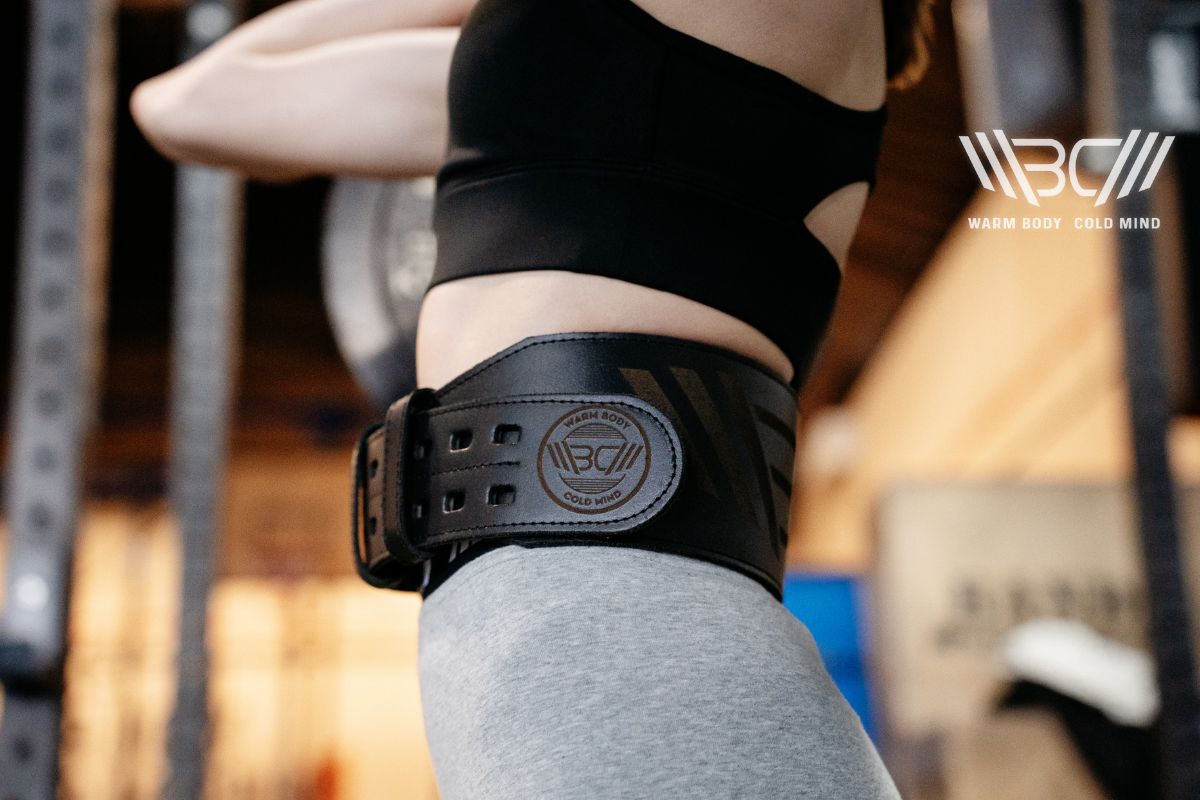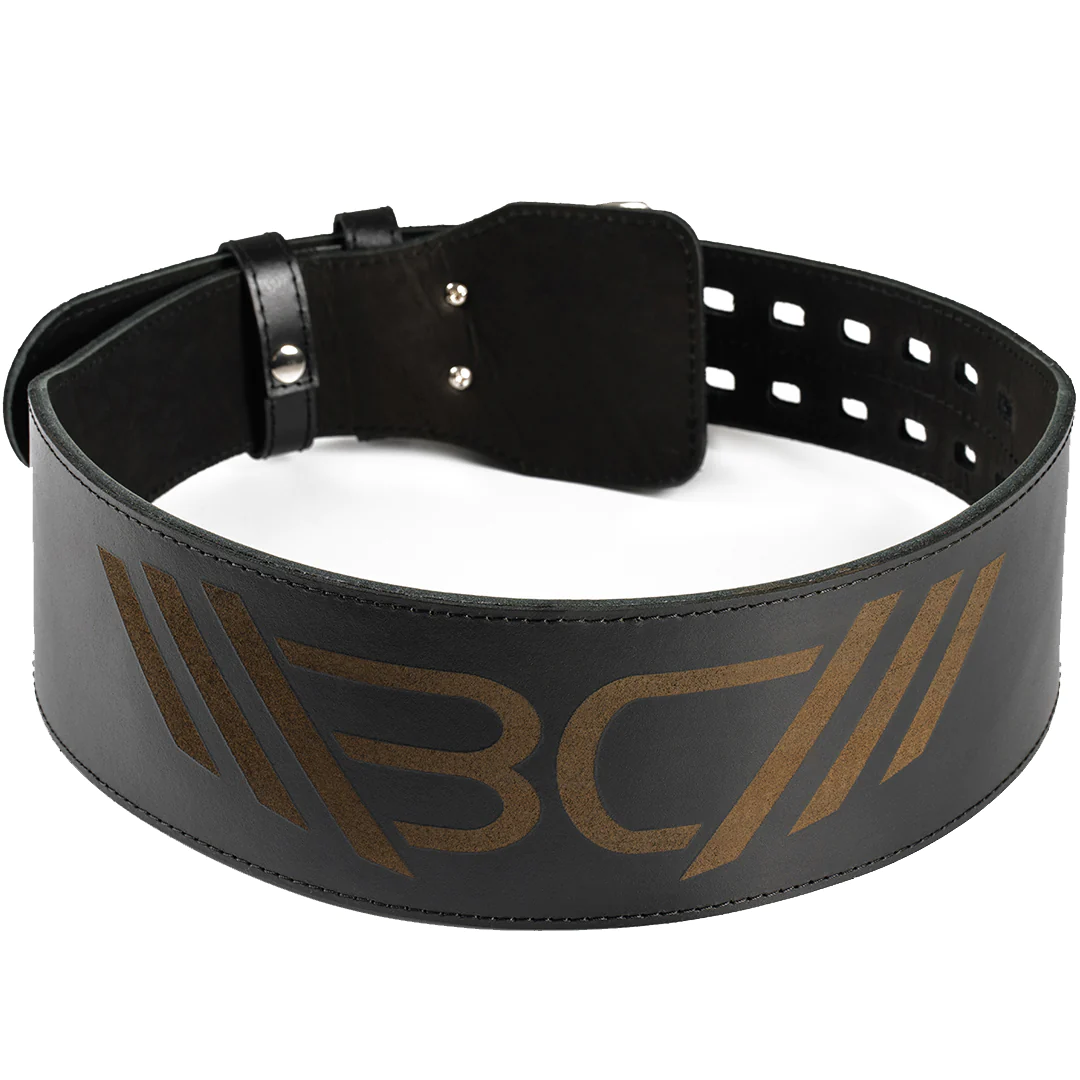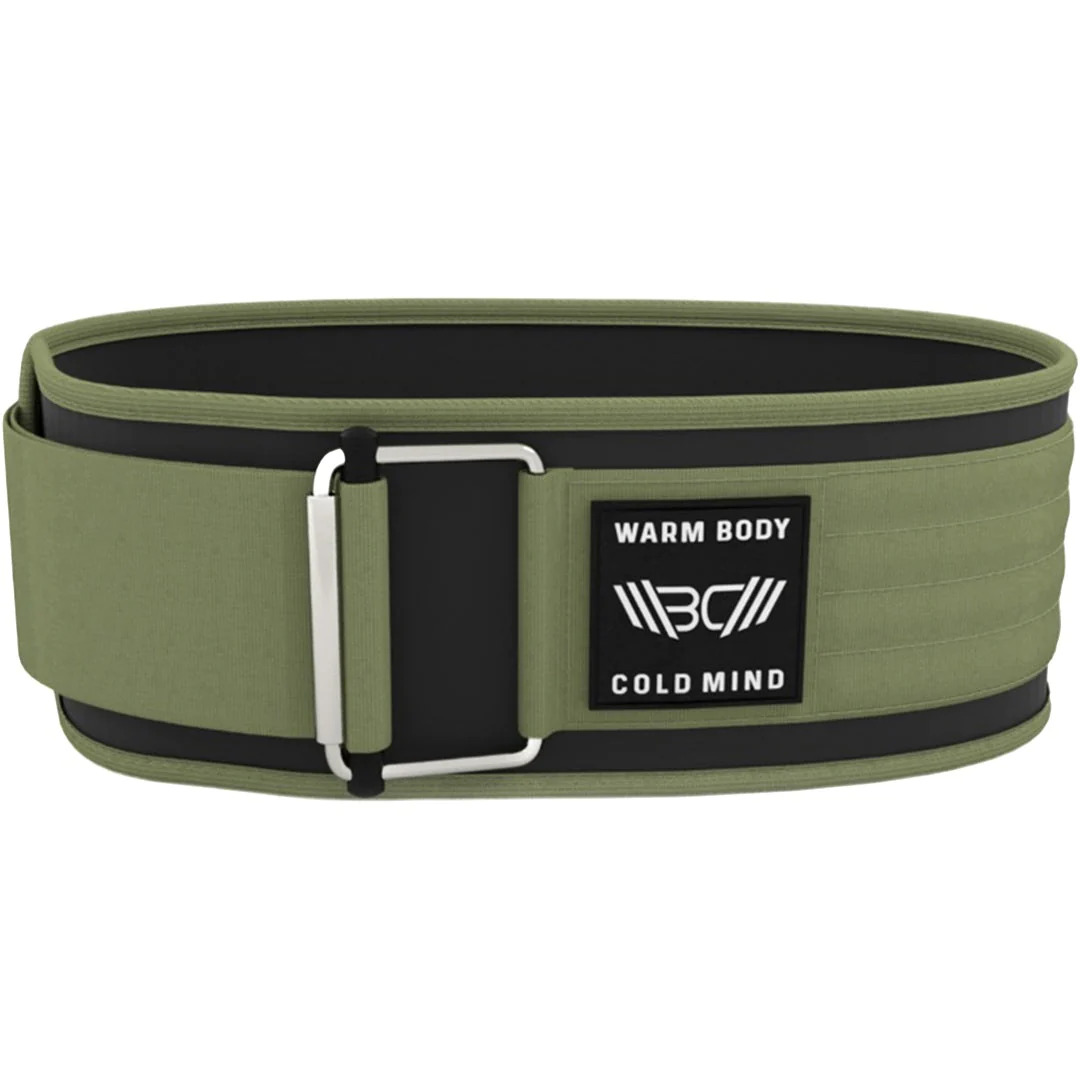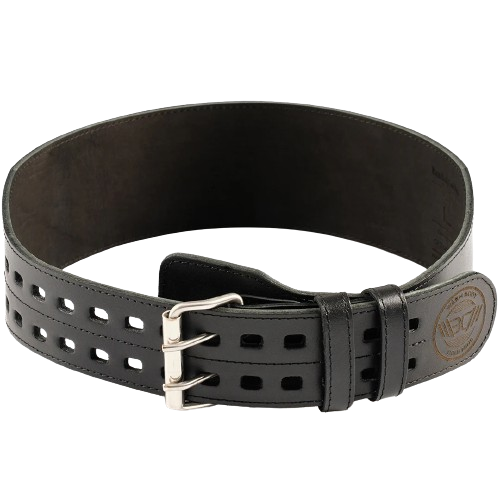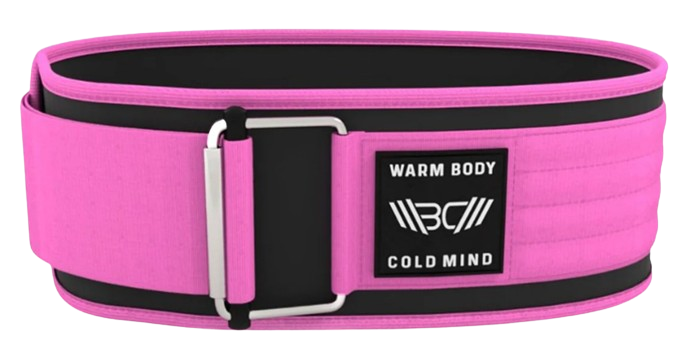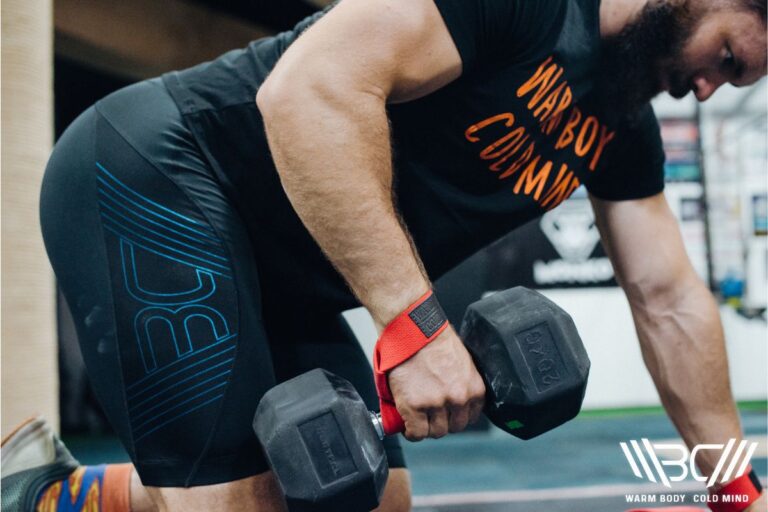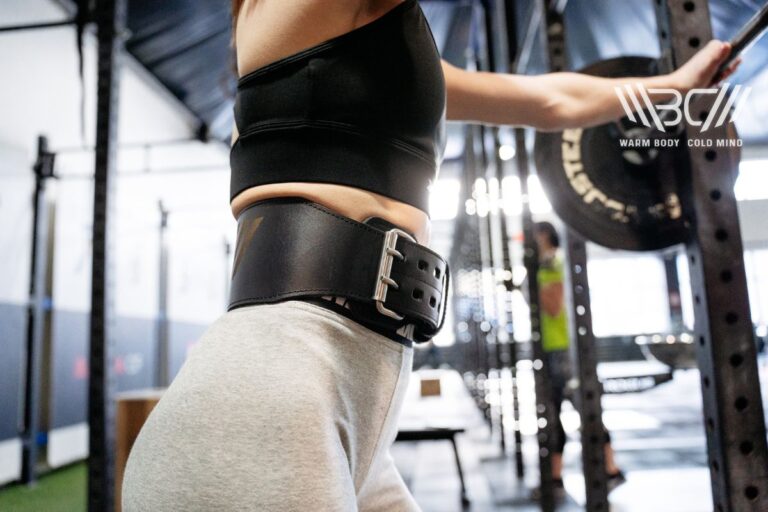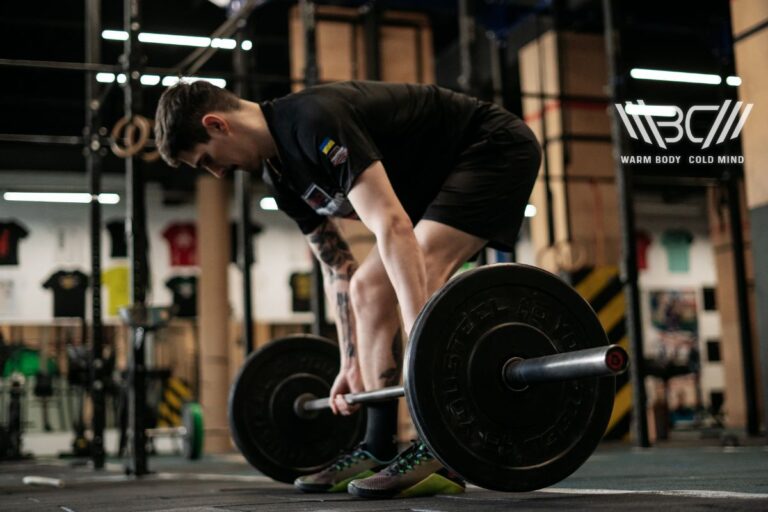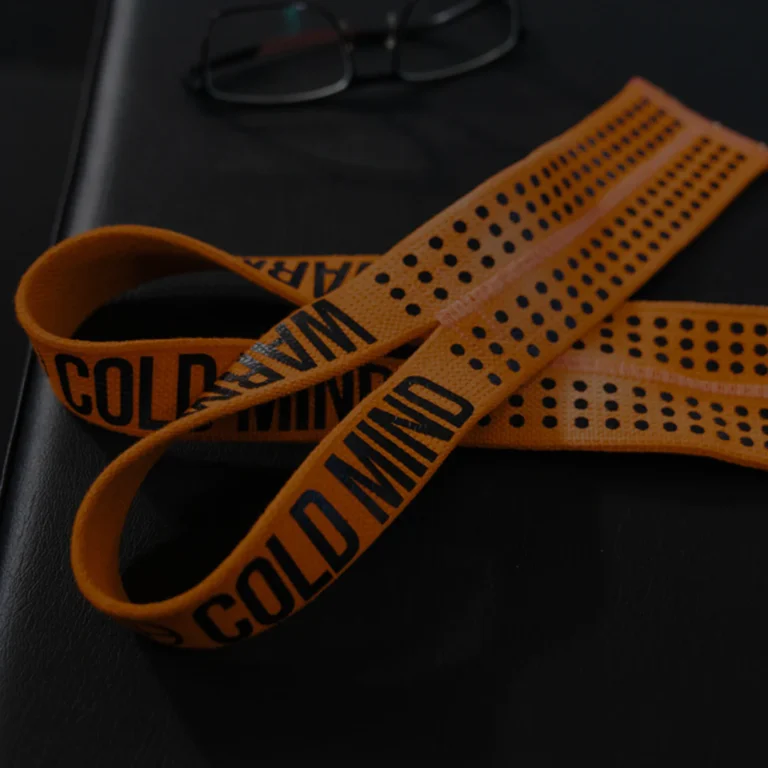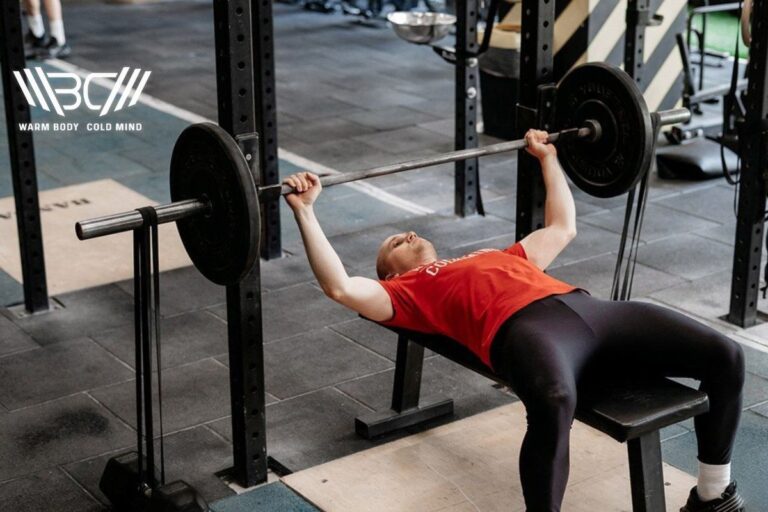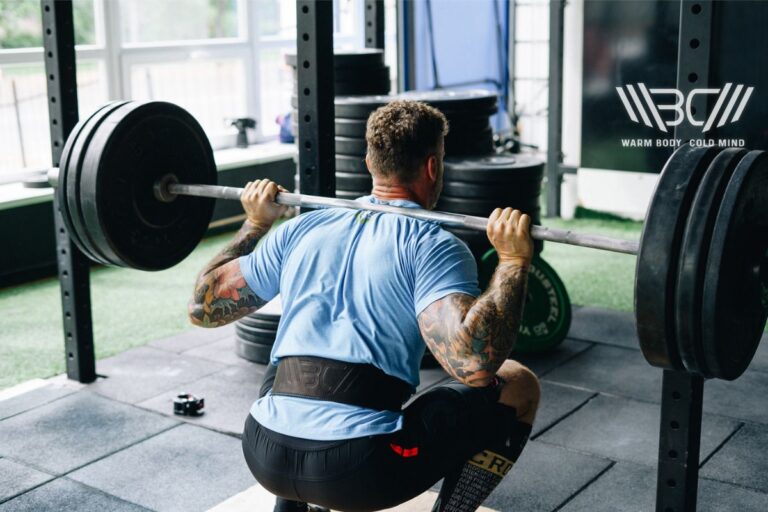Discover The Impressive Benefits Of Weightlifting Belt
Look around any gym, there are likely several people wearing weightlifting belts. It’s a useful addition, regardless of your lifting level.
We’re going to help you discover the benefits of weightlifting belts, how to use them, and when to wear them. It could be the best decision you ever make!
Are There Any Benefits Of Weightlifting Belts? – Yes, there are numerous benefits of wearing a weightlifting belt, including stabilization of the body, reduced stress on the spine, and improved explosive power. Of course, it can also help you lift heavier and give you better overall performance.
What Are Lifting Belts For?
Lifting any weight places a strain on your body. That’s part of the point, to push your muscles and tendons, increasing their strength. This includes building your core strength. Studies show that free-weight exercises offer the highest activity level in core muscles.
However, studies also show that lifting excessive weights can lead to compromised body posture, including body tilt and back flexion.
Of course, research confirms that strength exercises, such as weightlifting, can improve the strength in your spine and other core areas of your body.
In short, weightlifting is good for you but carries the risk of injury. That’s the main lifting belt purpose to stabilize your body, specifically your back. It allows you to lift weights and build strength safely.
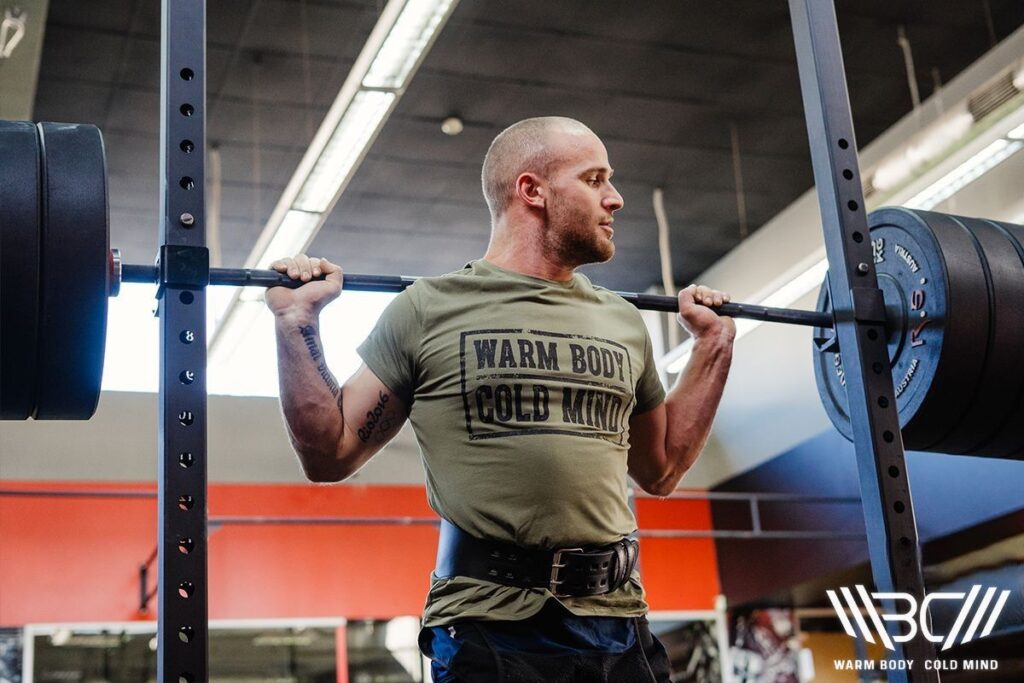
7 Benefits Of Weightlifting Belt
If you’re wondering why do people wear belts when lifting then the simple answer is because they provide an array of benefits. Every lifter is different, but the following benefits of a weightlifting belt should be noticeable to everyone.
✅ Reduced Injury Risk
Injury is a risk in any sport. In weightlifting the most common injuries center on the spine, knees, and shoulders. One of the main lifting belt benefits is to reduce the risk of spinal injuries.
The belt adds a protective layer to the lumbar section of the spine. It also increases the pressure in your torso. This helps your body maintain a safe posture. Larger belts can often ensure your torso remains upright as they limit inappropriate movements.

Enhance your strength training with Warm Body Cold Mind leather weightlifting belt providing exceptional support and durability.
✅ Additional Lifting Ability
If you ask weightlifters what does a lifting belt do, many will reply it helps them to lift heavier.
Of course, the belt doesn’t make you stronger. However, it does increase your confidence in your strength and the abilities of your body. That makes you mentally stronger and this translates into physical energy.
In short, you think you’re stronger so you are!
✅ More Explosive Power
You may be surprised to learn that a weightlifting belt can boost the explosive power of your lift. In other words, you’ll do more reps faster and they’ll seem easier.
This burst in speed can push you to do more reps than usual. The good news is it won’t interfere with your form.
✅ Reduced Stress On The Spine
Your spine should be in a neutral position when lifting heavy weights. This is when your spine is at its strongest. The heavier the weight the more likely it is your position will move from neutral. This will increase the stress on your spine, potentially resulting in damage to the spine or muscles and tendons as your position strains the wrong parts of your body.
The lifting belt helps to hold your spine in a neutral position and reduces the stress on it.
✅ Feedback
Most people don’t think about this. However, having a belt securely and tightly fastened around your lower back means that you’ll feel it when you move your body out of the correct position.
Instead of having to rely on video, a trainer, or a spotter to spot bad form, your belt will help you feel it and correct it. That reduces injury possibilities and should increase your lifting prowess.
✅ Trunk Stability
A lifting belt will increase the intra-abdominal pressure and this has been shown to improve the stability of your trunk.
In turn, a more stable trunk will make it easier to lock your body in the correct position and lift, whether doing deadlifts or weighted squats.
✅ Improves Muscle Engagement
Weightlifting belts are known to increase the muscle activity in your lower back muscles. This will help these muscles grow bigger and stronger faster than without a belt. That will help you lift even more.
What Are 2 Disadvantages Of A Weightlifting Belt?
As with any aid, there are some disadvantages to using a weightlifting belt.
❌ Becomes A Crutch
Once you understand the answer to “What are gym belts for” you’ll realize they aren’t intended to be worn all the time.
That’s a good thing. While belts are a useful tool, wearing one all the time will make you feel you can’t lift without it. It becomes a crutch and ultimately slows your lifting growth.
In some cases, wearing a weightlifting belt can make you feel almost like a superhero. That can cause you to try lifting more weight than you’re ready for. The result will almost certainly be an injury.
❌ Increases Your Blood Pressure
This isn’t a serious disadvantage but useful to note.
Because the weightlifting belt is strapped tight around your waist area, it restricts the flow of blood. This causes a spike in your diastolic blood pressure. That’s the pressure in your arteries between heartbeats.
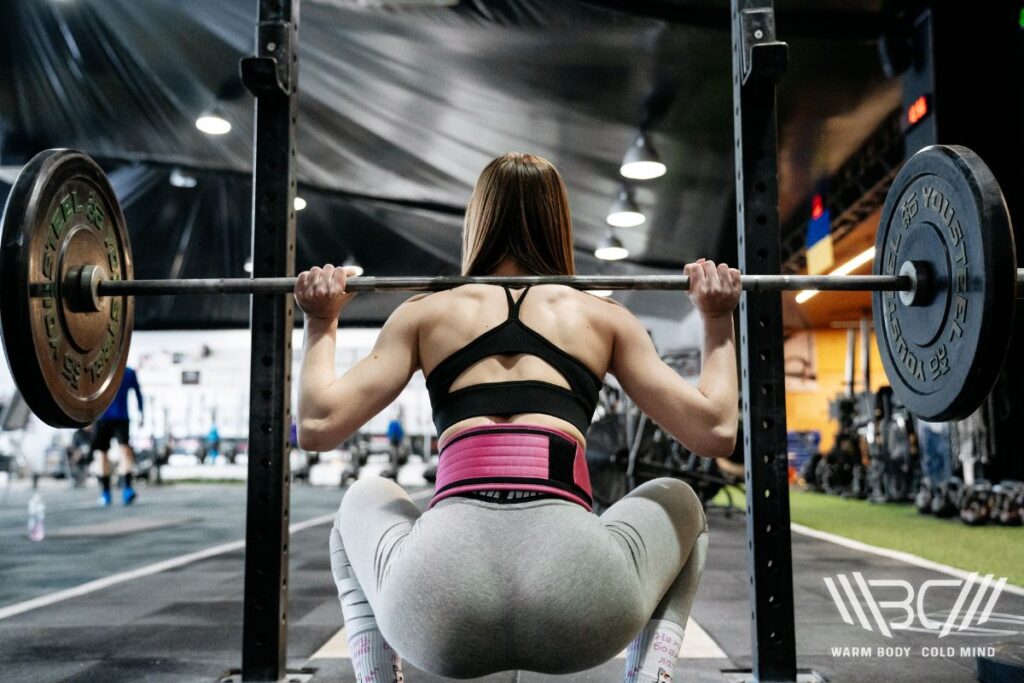
This is only a temporary issue, your blood pressure will return to normal when you finish exercising and remove the belt.
However, if you have blood pressure, or other heart problems, a weightlifting belt probably won’t be a good idea.
Who Wears A Weight Lifting Belt?
Weightlifting belts are used predominantly by weightlifters, bodybuilders, and powerlifters. They are also popular with people undertaking cross-training.
While they are not intended for everyday use, they are a common site in many professions, such as furniture removals.
Subscribe!
The latest reviews of must-have home gym training equipment, apparel, and supplements that will enhance your performance and bring you new results.
When To Wear A Weightlifting Belt?
The maximum benefits of a weightlifting belt will only be felt after you’ve developed a strong core and are confident that you have good form when lifting.
All weightlifting movements can be complex, especially when you’re undertaking compound exercises. Using a belt too soon can slow down your muscle development and even compromise your lifting form.
Here are our top tips for when to start wearing a belt to maximize the benefits of a weight belt.

Discover the strength of the Warm Body Cold Mind nylon lifting belt. Lightweight and durable, it provides optimal support for your workouts.
1. Once You’ve Been Weightlifting For A Few Months
There is no hard and fast rule regarding when to start and get the most benefits of wearing a weightlifting belt. However, we recommend waiting until you’ve been weightlifting for a few months. It will ensure you have developed good form.
2. When Lifting 80% Or Higher
You’ll have to decide what your current one-rep max is. It’s best to do this with a spotter present. Once you know this, calculate what 80% of that weight is.
Any time you lift 80% or higher, put the belt on first.
Of course, over time this figure will change as your one rep max increases.
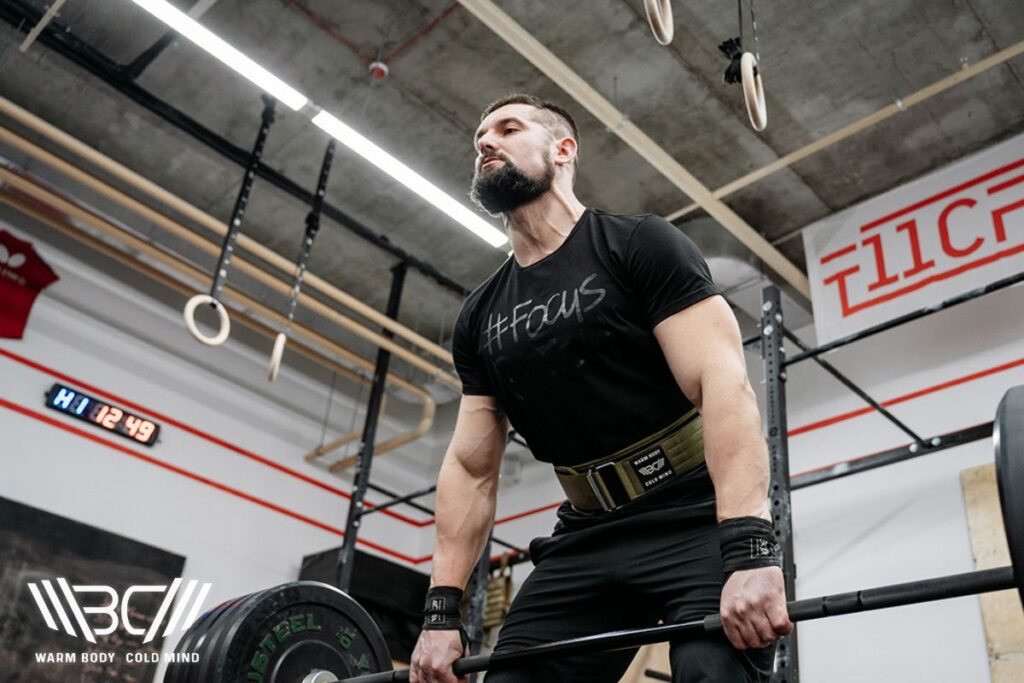
3. Your Heaviest Lifts
It’s also important to wear a belt when you’re performing your heaviest lifts. For most people, this will be squats and deadlifts. You’ll generally find yourself stacking the plates higher on these lifts than others, like the bench press.
If you’re undertaking one of your heavy lifts, use the belt and appreciate the benefits of a weight belt.
I’d recommend you use one every time you lift more than 275 pounds for squats or 315 pounds for deadlifts.
4. If You Have A Back Issue
Before you start lifting with an existing lower back injury you’ll want to check with your doctor that lifting won’t cause further injury.
If you get approval, keep the weight comfortable and use a weightlifting belt to provide additional support. It can help strengthen your back and prevent further injury.
Our Top Recommendations
There are plenty of weightlifting belts on the market
1. Warm Body Cold Mind Leather Weightlifting Belt
If you’re looking for high-quality then you should take a look at our Warm Body Cold Mind leather weightlifting belt.
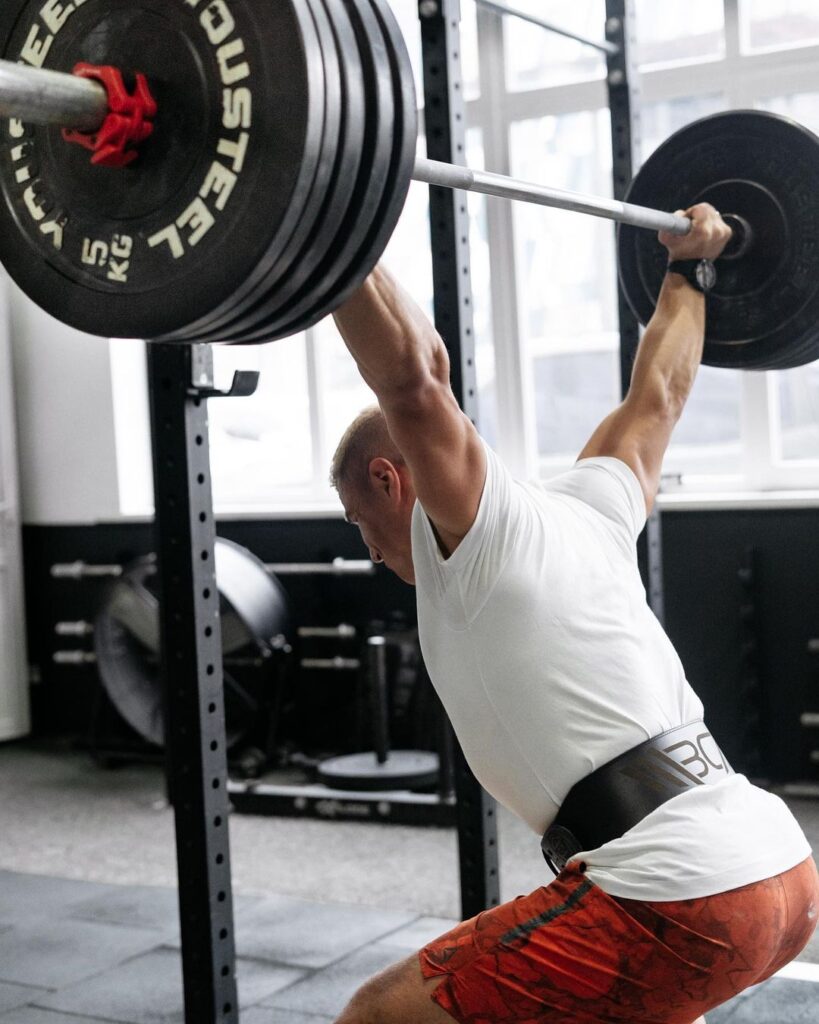
Our leather weightlifting belt features a double roller stainless steel metal buckle and is made with premium leather. The belt is four inches wide, available in a range of sizes and built to last.
It’s exceptionally comfortable and easily adjusted to fit waists between 28 inches and 52 inches, depending on which size belt you choose.
2. Warm Body Cold Mind Nylon Weightlifting Belt
Our stylish and functional Warm Body Cold Mind nylon weightlifting belt. It’s designed to offer maximum support and help stabilize your core while you lift.
The belt has a self-locking system which secures it in position and helps to ensure it’s comfortable, allowing you to focus on your lifts.
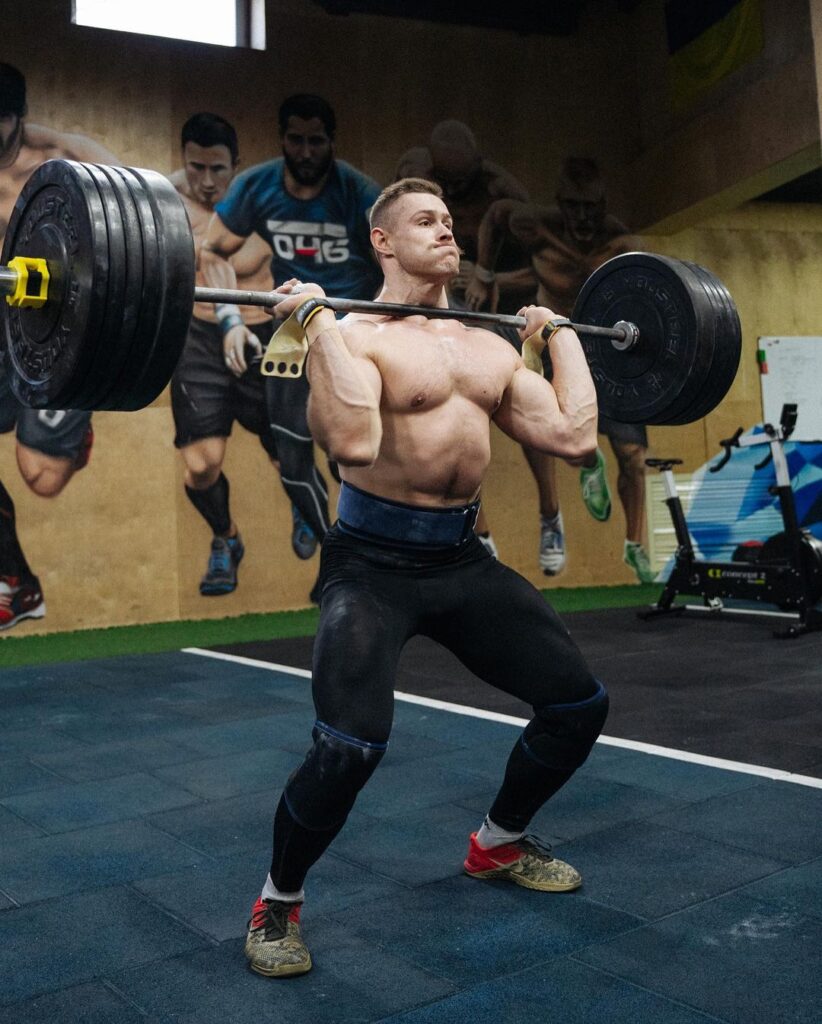
It comes in a variety of sizes from small to XXL. This covers waists from 26 inches to 44 inches. The belt is made of premium nylon with a heavy-duty metal clasp. You can choose between pink, navy blue, green, and black.
How To Use Weightlifting Belt?
A weightlifting belt usually sits around your core, just above your hip bones. However, this is not a definitive answer. The belt can sit in different positions depending on your body shape and the type of lift you’re doing.
For example, the benefits of using a weightlifting belt when performing deadlifts are generally most noticeable when the belt is higher than for the overhead press.
The best way to feel the lifting belt benefits is to try it in different positions while using a medium weight. It will help you establish where it should sit to work best for you.
Should You Use A Weightlifting Belt?
Weightlifting belts create a lot of division as some people are all for them and others are totally against them. However, unless you’re competing professionally, the only opinion that matters is your own.
Personally, I use weightlifting belts. For many years I resisted them. I believed they made you look weaker as you needed back support. I was also worried about becoming dependent on them.
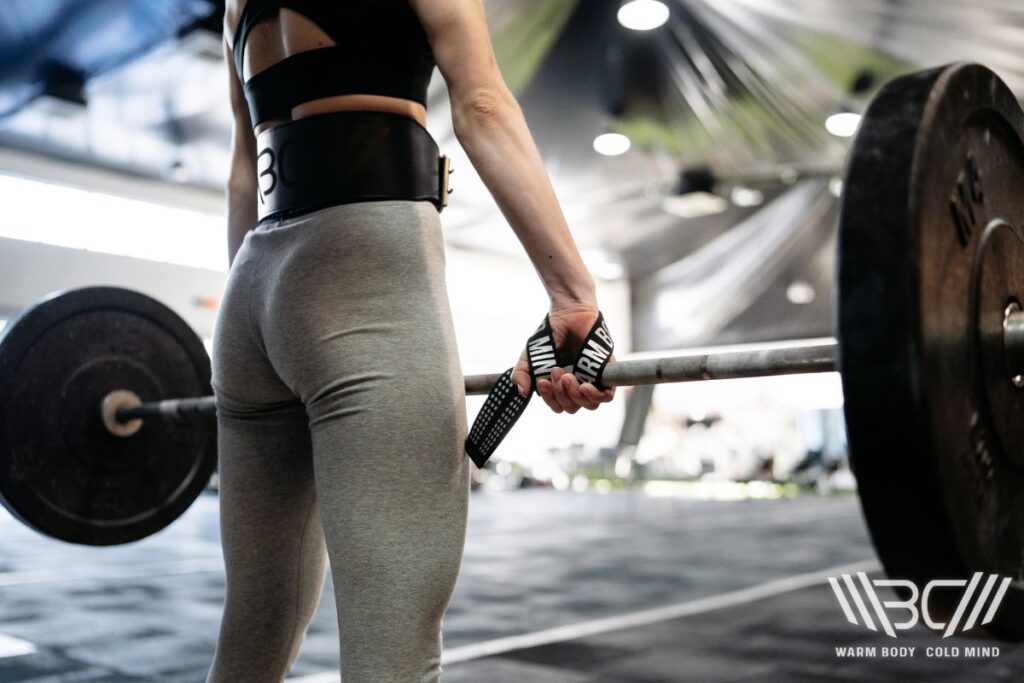
However, after I finally tried one, I’ve found them to be a great asset. I only use them on my heaviest lifts but I’ve noticed the increase in core stability and my ability to lift heavier. Most importantly, I’m more attentive to my form, which has to be a good thing.
Choosing to wear a weightlifting belt is a personal decision. Before you decide yes or no, you should at least try one.
FAQ
Is It Better to Lift Without a Belt?
In general, it’s better to use a belt, one of the primary lifting belt purposes is to aid stability and help build strength.
The best solution is to do lighter lifts without a belt and heavier ones with one.
Can You Lift More With a Belt?
Yes. The belt increases intra-abdominal pressure. This means your torso is better balanced and more rigid, making it more capable of lifting.
Combine this with a confidence boost and you’ll find yourself lifting heavier with a belt.
When Should I Start Using a Weightlifting Belt?
It’s best to start using one several months after you’ve started weightlifting. This will help you focus on basic core strength and correct form.
You should then use it whenever you’re doing your heaviest lifts: over 80% of your one rep max.
Do You Need a Belt to Deadlift?
You should be asking yourself “What are gym belts for?” The simple answer is to improve form, provide stability, and potentially increase your lifting capacity.
If any of those things apply to your deadlifts then you need a belt. You definitely need a belt to deadlift if you’re pushing past 80% of your one-rep max or lifting over 275 pounds.
Conclusion
There are several benefits of weightlifting belt, they easily outweigh the disadvantages. However, as with anything. You should proceed slowly.
Get used to the belt on lighter weights before you try to increase your lifting ability. You’ll achieve better results faster with this approach.
Don’t take my word for it! Grab one of the recommended belts today and give it a try. Then share your thoughts with us!
References:
- Oliva-Lozano, J. M., & Muyor, J. M. (2020). Core Muscle Activity during Physical Fitness Exercises: A Systematic Review. International Journal of Environmental Research and Public Health, 17(12). https://doi.org/10.3390/ijerph17124306.
- Fares, M. Y., Fares, J., Salhab, H. A., Khachfe, H. H., Bdeir, A., & Fares, Y. (2020). Low Back Pain Among Weightlifting Adolescents and Young Adults. Cureus, 12(7). https://doi.org/10.7759/cureus.9127.
- Lee, S., & Kang, J. (2016). The effects of strength exercise and walking on lumbar function, pain level, and body composition in chronic back pain patients. Journal of Exercise Rehabilitation, 12(5), 463-470. https://doi.org/10.12965/jer.1632650.325.
- Huebner, M., Arrow, H., Garinther, A., & Meltzer, D. E. (2022). How Heavy Lifting Lightens Our Lives: Content Analysis of Perceived Outcomes of Masters Weightlifting. Frontiers in Sports and Active Living, 4. https://doi.org/10.3389/fspor.2022.778491.
- Aasa U, Svartholm I, Andersson F, Berglund L. Injuries among weightlifters and powerlifters: a systematic review. Br J Sports Med. 2017 Feb;51(4):211-219. doi: 10.1136/bjsports-2016-096037. Epub 2016 Oct 4. PMID: 27707741.
Author: Sergii Putsov
PhD in Sport Science, Olympic weightlifting, Strength & Conditioning coach and fitness expert
Sergii Putsov is a professional weightlifter with over 20 years of experience and multiple national medals. He was a member of the National weightlifting team, competing in the 94 kg weight class. Sergii holds a master’s degree in Olympic & Professional Sport Training and a Ph.D. in Sport Science. After his athletic career, Sergii transitioned into coaching and is now responsible for designing training programs, writing blog articles, providing live commentary for international weightlifting competitions, and hosting sport and fitness seminars worldwide.

